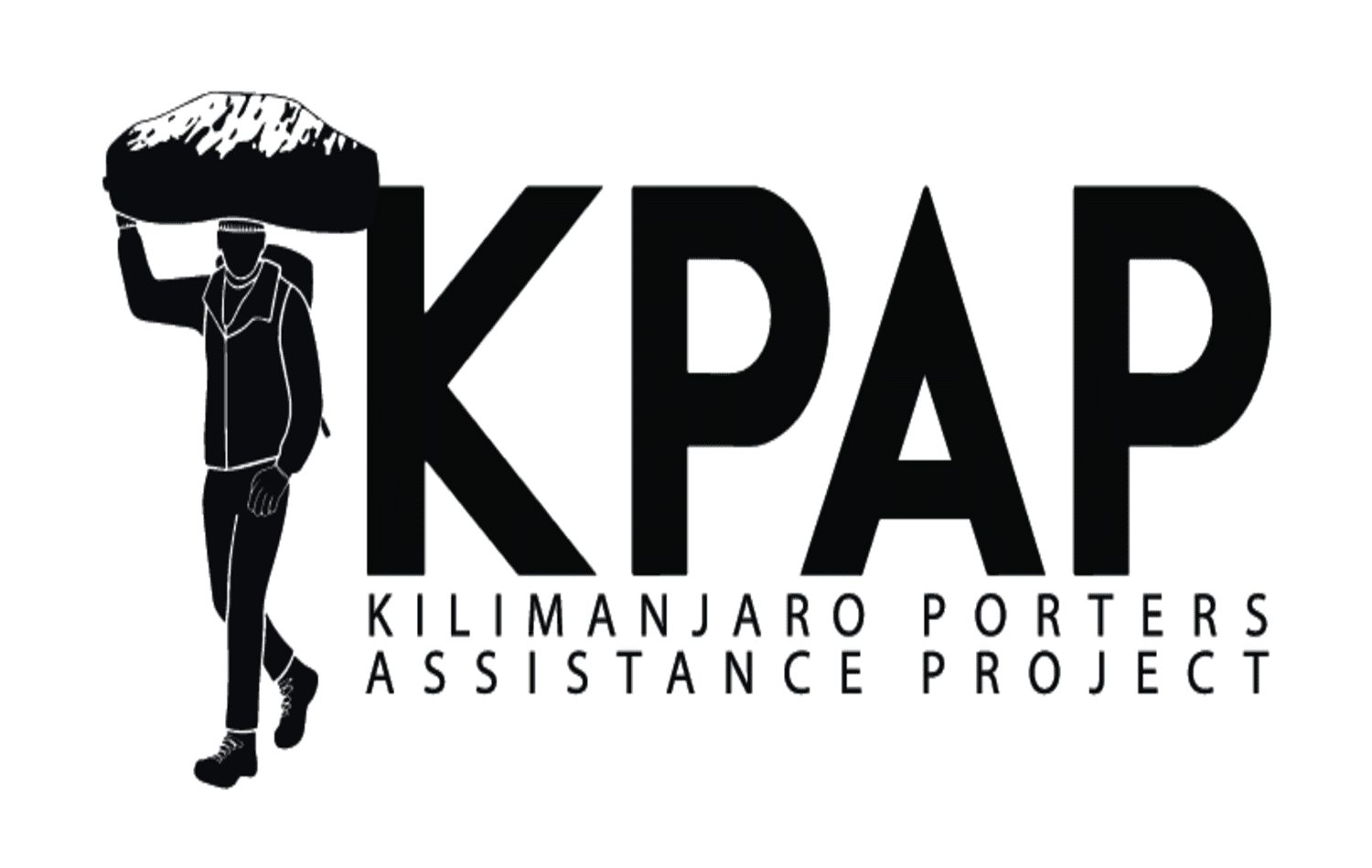1. Best Time to Visit Tanzania for a Safari?
Tanzania is a year-round safari destination, but the best time depends on what you want to see.
- Dry Season (June – October) → Best for wildlife viewing; animals gather around waterholes
- Great Migration (June – July & October – November) → Witness massive herds in Serengeti
- Calving Season (January – March) → Best time to see newborn animals & predator action
- Green Season (November – May) → Lush landscapes, fewer tourists, and lower prices
2. Which Safari Destinations Are the Best in Tanzania?
Tanzania is home to world-famous safari parks. Here are the top destinations:
- Serengeti National Park → Home to the Great Migration and the Big Five
- Ngorongoro Crater → UNESCO-listed wildlife haven with stunning landscapes
- Tarangire National Park → Famous for large elephant herds and ancient baobab trees
- Lake Manyara National Park → Known for tree-climbing lions and flamingos
- Ruaha National Park → Remote, less crowded, and home to rare wildlife
- Selous Game Reserve (Nyerere NP) → Offers boat safaris and wild off-the-beaten-path experiences
3. What Wildlife Can You See on a Tanzania Safari?
Tanzania has incredible biodiversity, including the famous Big Five and much more:
- Big Five: Lion, Elephant, Leopard, Buffalo, Rhino
- Great Migration: Over 1.5 million wildebeest and zebras
- Predators: Cheetahs, hyenas, wild dogs
- Birdlife: Over 1,000 species, including flamingos and eagles
- Reptiles & Amphibians: Nile crocodiles, pythons, and chameleons
4. What Types of Safaris Are Available in Tanzania?
Tanzania offers different safari experiences depending on your travel style and budget:
- Game Drives → Classic safari experience in open-roof vehicles
- Luxury Safari → High-end lodges, exclusive camps, and private guides
- Budget Safari → Affordable camping safaris with essential comforts
- Walking Safari → Explore nature on foot with armed rangers
- Balloon Safari → Aerial views of the Serengeti at sunrise
- Cultural Safari → Visit Maasai villages and experience local traditions
- Self-Drive Safari → Independent travelers can rent a 4×4 and explore parks
5. What Are the Best Safari Accommodations in Tanzania?
Safari accommodations range from budget-friendly to ultra-luxurious:
- Luxury Lodges & Camps → Four Seasons Serengeti, Singita, & Beyond
- Mid-Range Lodges & Tented Camps → Well-equipped lodges with excellent service
- Budget Campsites → Basic but comfortable options for budget travelers
- Mobile Camps → Seasonal camps that follow the Great Migration
6. What to Pack for a Tanzania Safari?
Packing the right gear is essential for comfort and convenience.
Clothing:
- Neutral-colored clothing (khaki, beige, olive green)
- Lightweight long-sleeved shirts & pants (for sun and insect protection)
- Comfortable walking shoes or boots
- A fleece or jacket for cold mornings and evenings
- A hat, sunglasses, and sunscreen
Gear & Essentials:
- Binoculars for wildlife viewing
- Camera with zoom lens & extra batteries
- Insect repellent & malaria medication
- Travel documents & insurance
- Small backpack for daily essentials
7. Do I Need a Visa to Visit Tanzania?
Yes, most travelers need a visa to enter Tanzania.
- Visa on Arrival → Available for many nationalities at airports and borders
- E-Visa → Can be obtained online before travel (recommended for faster entry)
- Cost → $50 for most nationalities, $100 for U.S. citizens
8. Is a Tanzania Safari Safe?
Yes, Tanzania is a safe safari destination, but follow these tips:
- Stay in your vehicle during game drives
- Listen to your guide’s instructions
- Do not feed or approach wild animals
- Keep valuables secure and avoid walking alone at night in towns
9. What Are the Safari Costs in Tanzania?
Safari costs vary based on accommodation, travel season, and group size.
- Budget Safari → $150 – $250 per person per day
- Mid-Range Safari → $300 – $600 per person per day
- Luxury Safari → $700 – $2,000+ per person per day
Tips to reduce costs:
- Travel in the low season (March-May)
- Join group safaris instead of private tours
- Choose mid-range lodges instead of luxury resorts
10. How Do You Get to Tanzania for a Safari?
Most safaris start from Arusha or Dar es Salaam, depending on your itinerary.
International Airports:
- Kilimanjaro International Airport (JRO) → Best for Northern Circuit safaris (Serengeti, Ngorongoro)
- Julius Nyerere International Airport (DAR) → Best for Southern Circuit safaris (Selous, Ruaha)
- Abeid Amani Karume International Airport (ZNZ) → For Zanzibar beach extensions
11. What Is the Food Like on a Tanzania Safari?
Safari lodges and camps offer a variety of meals, including:
- Western-style dishes → Grilled meats, pasta, soups, salads
- Traditional Tanzanian cuisine → Ugali (maize porridge), Nyama Choma (grilled meat), Pilau (spiced rice)
- Vegetarian & dietary options → Most lodges accommodate dietary restrictions upon request
12. Do I Need Vaccinations for a Tanzania Safari?
It’s recommended to get the following vaccinations before traveling:
- Yellow Fever (Required if traveling from a yellow fever country)
- Typhoid & Hepatitis A
- Malaria Prevention (Take anti-malarial pills & use mosquito repellent)
13. Can I Combine a Safari with a Beach Holiday?
Yes! Many travelers combine a Tanzania safari with a Zanzibar beach holiday.
- Zanzibar Island → White sandy beaches, historic Stone Town, and coral reefs
- Mafia Island → Excellent for scuba diving and whale shark watching
- Pemba Island → Remote, less crowded, and perfect for relaxation
14. Can Children Go on a Safari?
Yes! Tanzania is a great family safari destination, but consider:
- Age restrictions → Some lodges require children to be 5+ years old
- Private safaris → Better for families with young children
- Activities → Choose lodges with child-friendly activities like nature walks
15. What Currency Is Used in Tanzania?
- Tanzanian Shilling (TZS) → Local currency
- US Dollars (USD) → Widely accepted in hotels, lodges, and parks
- Credit Cards → Accepted in major hotels but carry cash for remote areas


